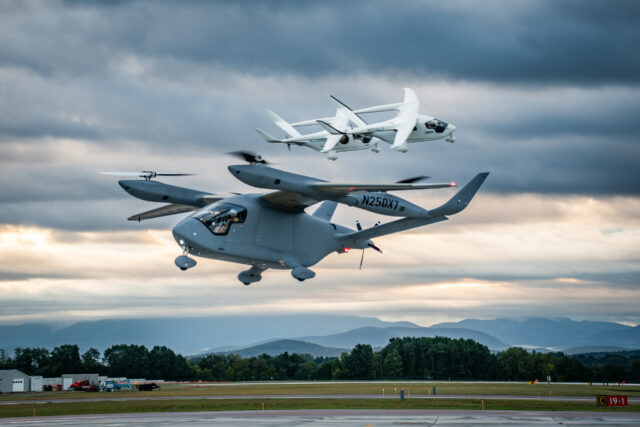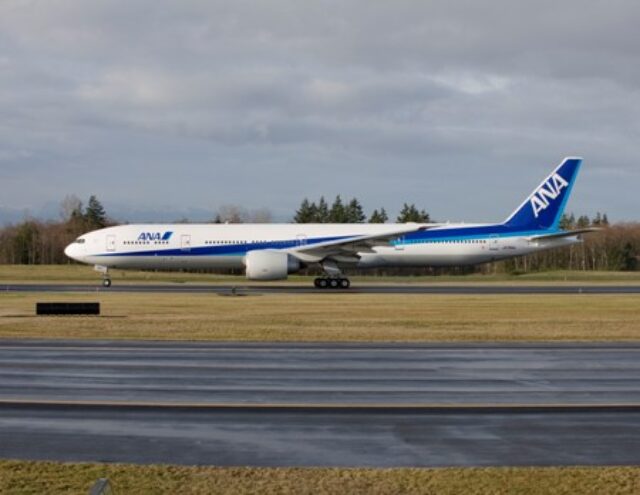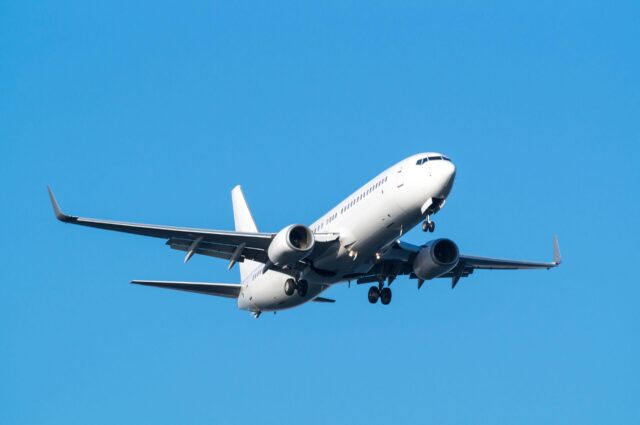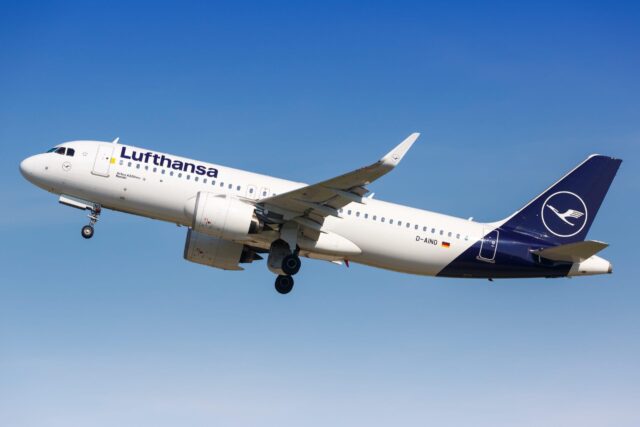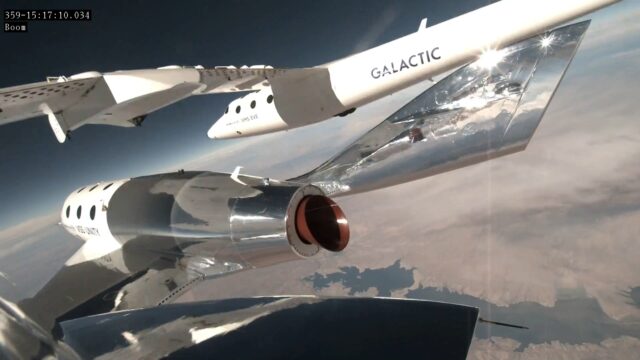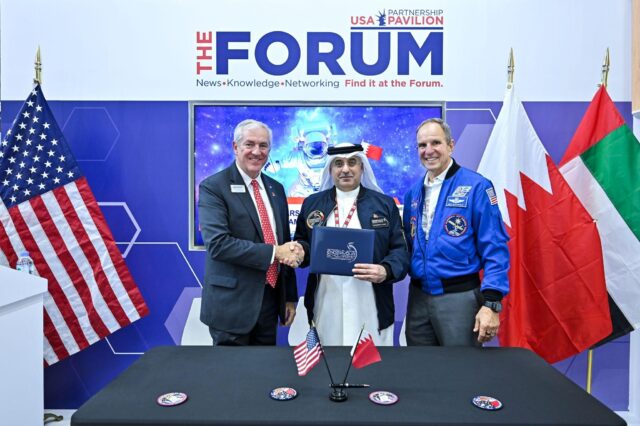GE Aerospace developing hybrid-electric engine with NASA
GE Aerospace is developing a hybrid-electric demonstrator engine with NASA, modifying a Passport powerplant to embed electric motors/generators and supplement power during different phases of operation, with ongoing evaluations informing…
June 19, 2024

GE Aerospace is developing a hybrid-electric demonstrator engine with NASA, modifying a Passport powerplant to embed electric motors/generators and supplement power during different phases of operation, with ongoing evaluations informing an upcoming ground test.
Through modifying the high-bypass commercial turbofan with hybrid-electric components, NASA’s Hybrid Thermally Efficient Core (HyTEC) project hopes to advance electric aircraft engine technology; optimising performance by “creating a system that can work with or without energy storage like batteries,” explains GE. This could help accelerate the introduction of hybrid electric technologies for commercial aviation before energy storage solutions are fully mature.
The modification of the Passport engine is one of several GE initiatives underway and is being developed as part of the CFM International Revolutionary Innovation for Sustainable Engines (RISE) programme, a collaboration between GE Aerospace and Safran Aircraft Engines. With initial component-level testing and an initial baseline test now complete, the results are now being used to evaluate and update models in preparation for a ground test.
Another NASA collaboration involves GE maturing an integrated, megawatt-class hybrid-electric propulsion system as part of the Electrified Powertrain Flight Demonstration (EPFD) programme, with the system scheduled to perform ground and flight tests aboard a modified Saab 340B test-bed this decade.
“Our collaborations with industry partners like GE Aerospace are paving the way for US leadership in hybrid electric commercial transport aircraft,” said Anthony Nerone, HyTEC project manager, NASA’s Glenn research centre. Noting that single-aisle aircraft are the biggest contributors to aviation carbon emissions, he added: “That’s why we’re focusing on key technologies that will enable next generation single-aisle aircraft with much greater efficiency and reduced emissions than the other fleet”.
